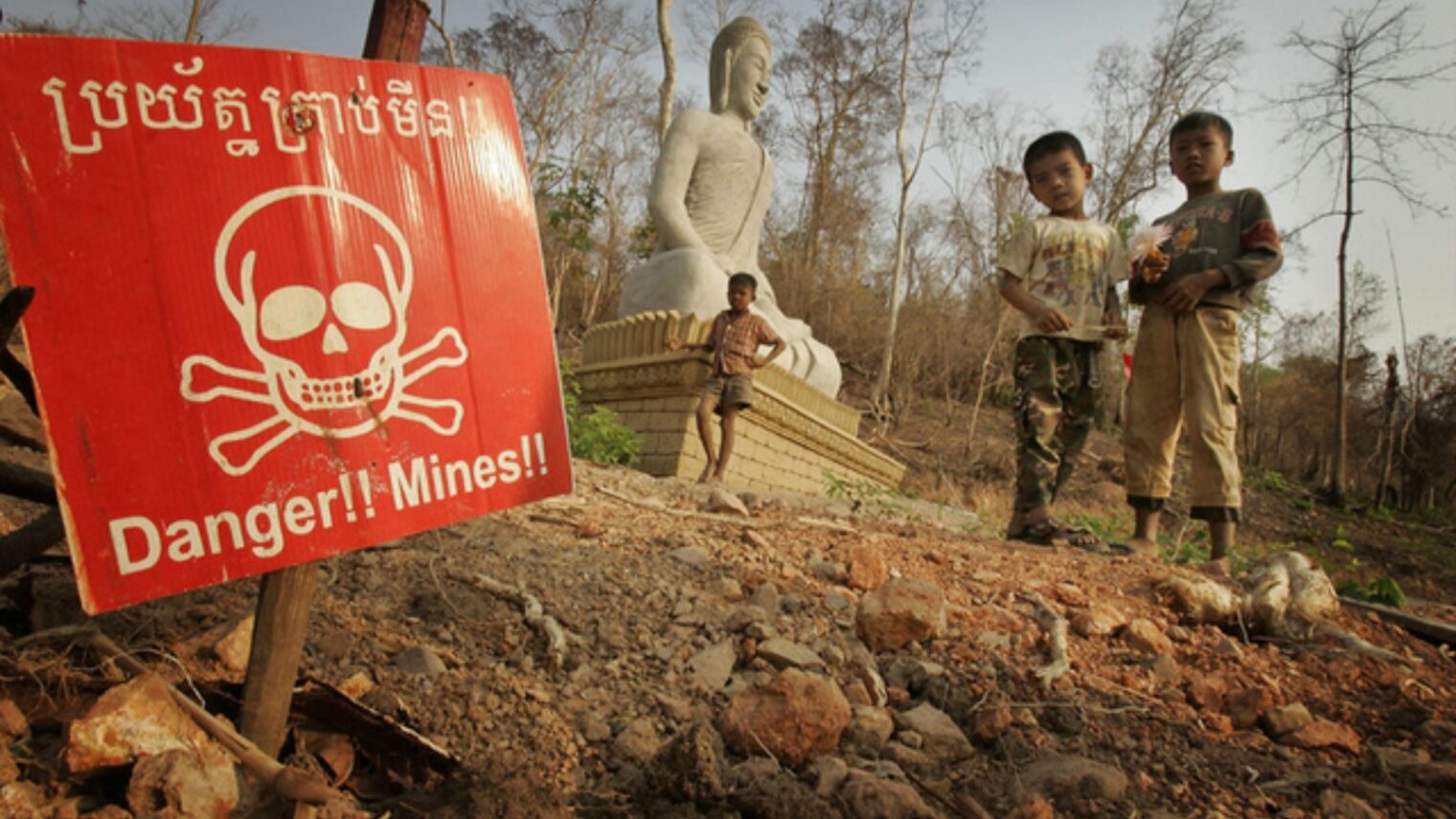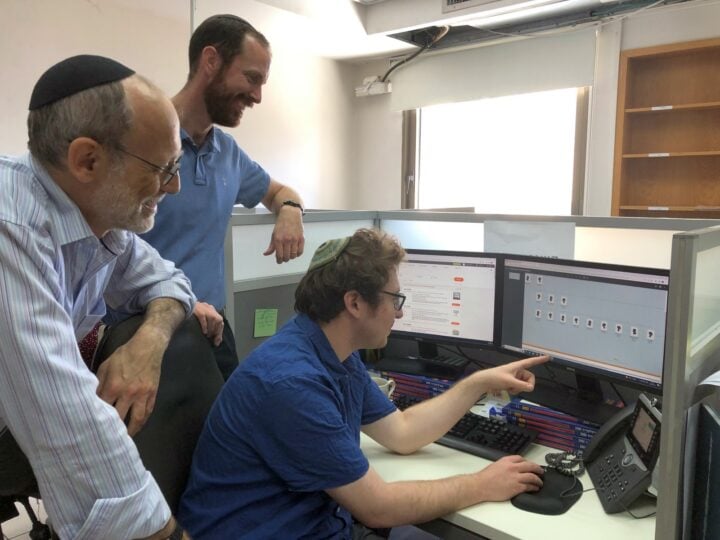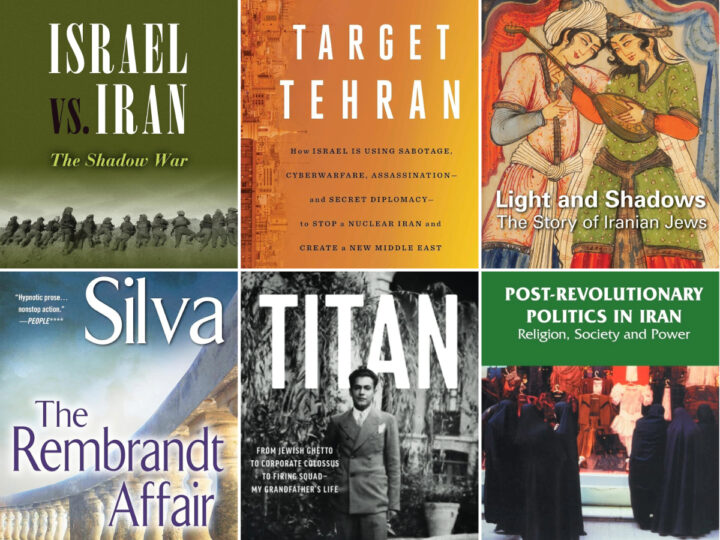On August 25, two men were killed in southwest Bosnia while clearing minefields left from the war in the mid-1990s. That makes a total of 55 Bosnian deminers killed on the job since 1996, according to the Bosnian Mine Action Centre.
Bosnia is one of 61 countries – one-third of the world — where 60 million people are at daily risk from landmines and other explosive remains of war (ERW) buried under fields and roads. Every hour, a landmine claims a new victim. Every year, between 15,000 and 20,000 people are injured, mostly civilians and often children.
“It’s been 22 years since the Mine Ban Treaty was signed in Ottawa and set international standards for clearing landmines. Ever since then, the techniques of landmine clearing remain almost the same, based on manual demining. That creates high risks, low pace of clearing, high costs and more casualties,” says Itzik Malka, cofounder of Israeli startup 4M Analytics.
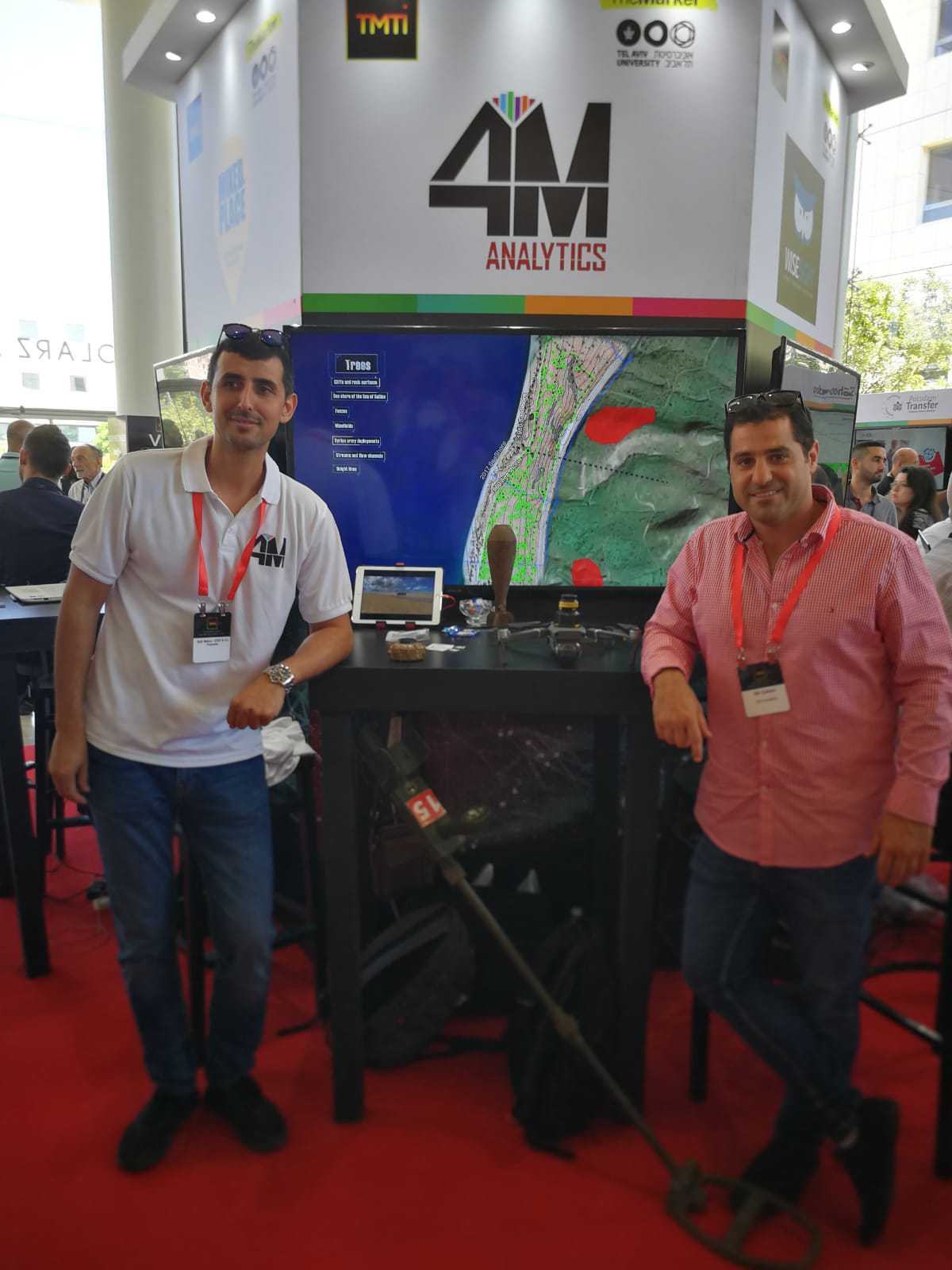
Former officers of the elite Yahalom Unit of the IDF’s Combat Engineering Corps, Malka and cofounder Nir Cohen decided to apply technology to solve the problem.
They founded 4M Defense in 2015 to offer solutions for locating and dealing with explosive remnants of war (ERW) including landmines, cluster munitions and unexploded bombs in conflict-affected regions.
Three pilots conducted in Israel had 100% success in predicting where ERW would be found, says Malka. On the strength of that success, in early 2019 the founders started thinking internationally and established a sister company, 4M Analytics.
This company is developing a minefield-location intelligence solution that deploys machine-learning technologies, datasets from around the globe and experience in the field. Software-guided robots do the actual mine clearing.
Working with governmental and United Nations agencies, 4M Analytics has arranged a pilot project in 18 suspected minefields in Cyprus and has laid the groundwork for projects in Ukraine and Nigeria. They’re hoping to help Colombia and Turkey as well.
https://youtu.be/zPibUWooZJM
Layers of historic and dynamic data
Malka explains that 80% of suspected hazard areas turn out to be free of landmines.
This is because when there is evidence in a certain spot, authorities err on the side of caution by closing off and checking a much larger surrounding area. Yet it costs almost the same to check the 80% as it costs to clear the 20%, and the process takes longer than necessary.
“We thought how we could reduce some of the 80% with confidence that there is no risk,” says Malka.
4M’s automated system collects maps from various time periods and integrates this historical information with global data and dynamic data received from drones and small planes equipped with three remote sensing technologies — LiDAR, electromagnets and a hyperspectral camera.
“Our system utilizes unique tools to crosscheck, verify and rate the collected data layers to ensure their reliability, and then produces a smart map classifying the areas according to risks. During the execution stage, autonomous robots clear the mines in synchronization with the smart map.”
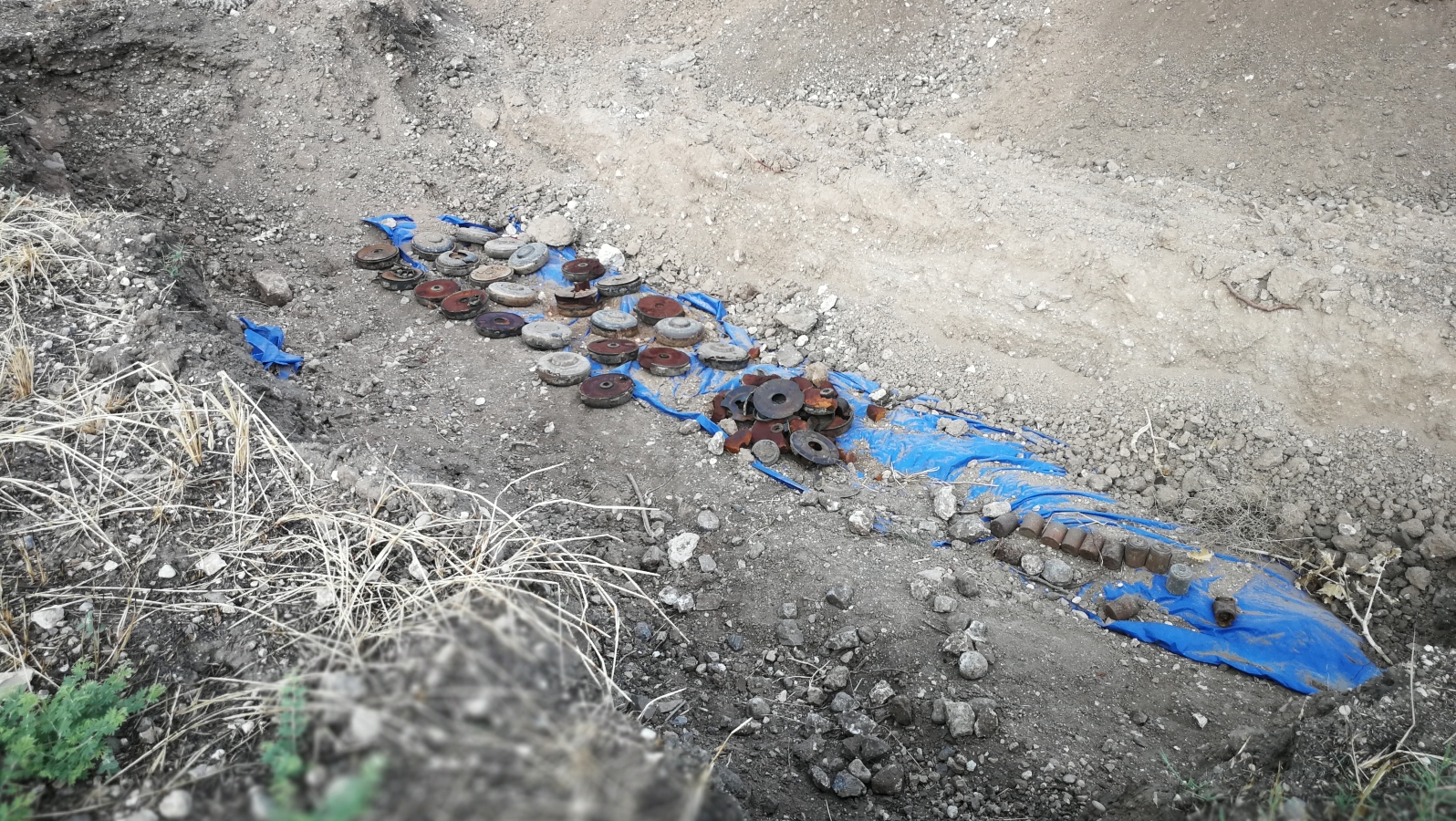
By predicting the precise positions of ERW, the suspected minefield’s size can be reduced by approximately 80%. “Just to give you an idea of how much that saves, reducing only 5% of the field is equivalent to $50 million,” says Malka.
According to Minesweepers, removing all 110 million existing landmines in the world using conventional manual demining could cost as much as $100 billion and could take up to 200 years.
Malka says 4M could bring down ERW clearing costs from the current $4-$8 per square meter to $1.76 per square meter. It could take just 10 years to clear landmines from affected countries at an estimated cost of $60 million.
Call to action
If robotic demining is available, why is dangerous manual demining still used in 90% of cases?
Unfortunately, claims Malka, part of the reason is that photos of locals doing this work, at risk of life and limb, helps to raise empathy and donations. In 2017, a record $770 million was raised toward clearing landmines.
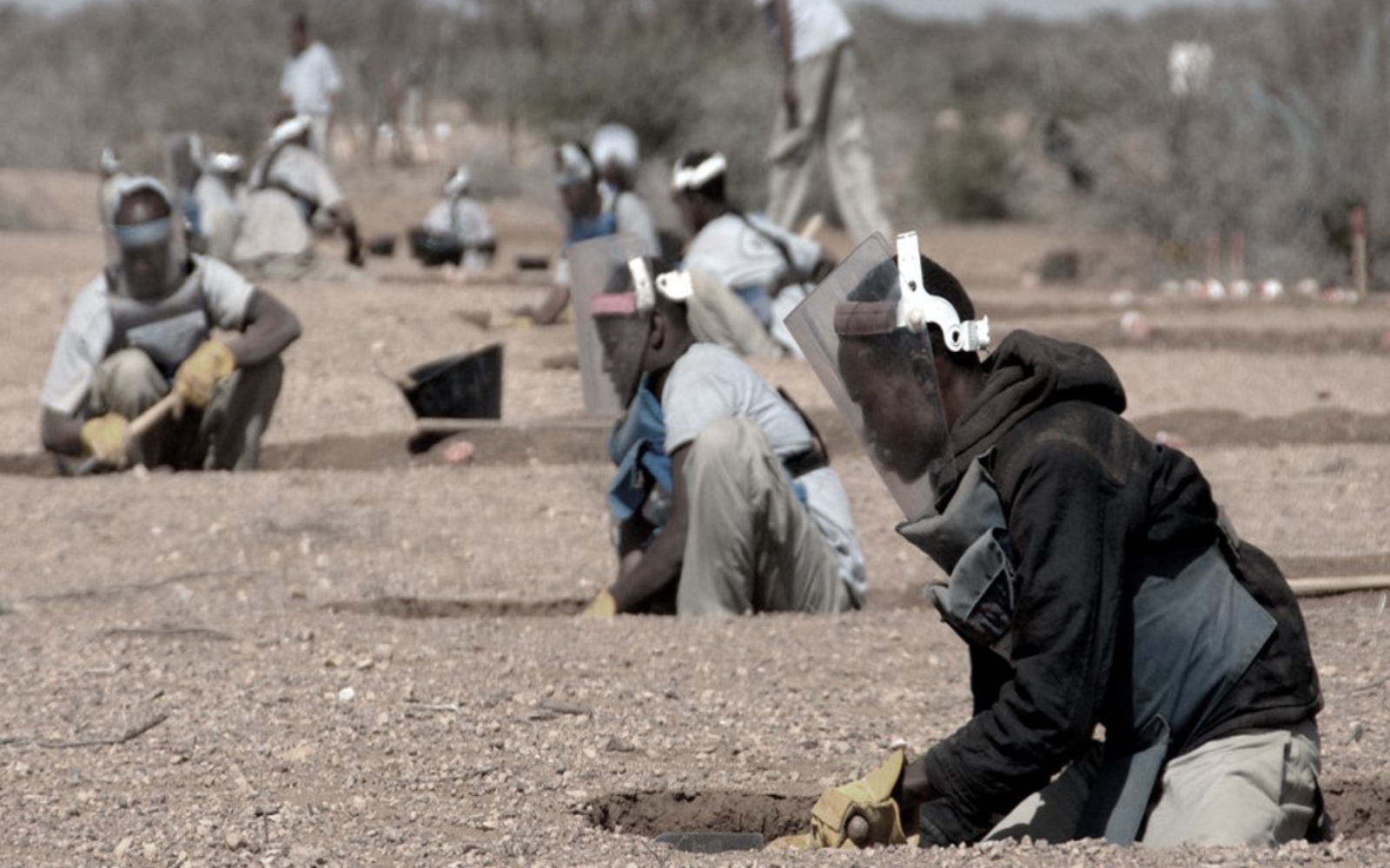
4M envisions working with global corporate partners to bring the money saved by its system back to the people in affected countries through humanitarian projects such as school construction and job training.
“We will only work in countries that will allow us to implement our post-conflict humanitarian program,” declares Malka.
The company also has social goals at home. 4M Defense and 4M Analytics together employ 42 people from Israel’s geographic and economic periphery — at Kibbutz Karmiya near Gaza and at the innovation center of Kinneret College in the Galilee. 4M Analytics also works out of the Amazon Web Services Builders Space in Tel Aviv.
People in peril
Landmines have long been used as a military tactic to prevent people and vehicles from moving through certain areas during a conflict. When the conflict ends, the hazards remain, keeping people from reaching agricultural fields, villages, schools and hospitals.
“Due to the inhumane impact of recently surging conflicts, landmines and other deadly explosive remnants of war are causing casualties in numbers that we had not seen for many years,” said Loren Persi, casualties and victim assistance editor of the 2018 Landmine Monitor annual report. “Civilians are by far the majority of casualties, and victims continue to require support long after conflicts pass and the last mines are cleared.”
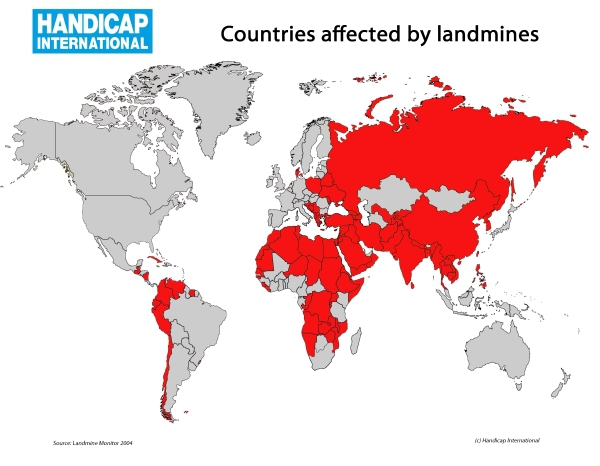
According to the International Campaign to Ban Landmines, the most affected countries are Egypt, Angola, Iran, Afghanistan, Iraq, China, Cambodia, Mozambique, Bosnia, Croatia, Somalia, Eritrea and Sudan.
Malka says that while the global standard rate of landmine clearance is an impressive 99.65%, advanced sensing technologies would enable 4M to reach 100%.
For more information, click here




